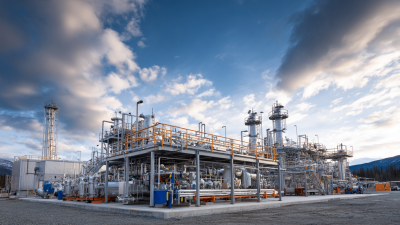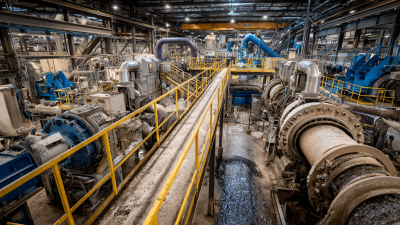

Lately, the Hydrocyclones Market has been on quite a roll, growing steadily thanks to how versatile these devices are across different industries — especially in oil and gas. If you look at the latest from FMI, they’re saying the global hydrocyclone market could hit around $1.2 billion by 2026, with a healthy growth rate of about 5.7% annually since 2021. Companies like Shanghai Shangjiang Petroleum Engineering Equipment Co., Ltd. are really pushing the envelope, constantly working on smarter, more efficient cyclone technologies. It’s pretty clear—they’re playing a big part in meeting the rising demand for good separation tools. Hydrocyclones are super useful because they can separate particles based on how dense or big they are. That’s a huge help in processes like recovering drilling fluids, treating produced water, or sorting solids and liquids. In this post, I’ll walk you through some of the coolest ways hydrocyclones are being used across different industries, showing just how effective they are — and also touching on some of the hurdles folks face when trying to get them working smoothly.
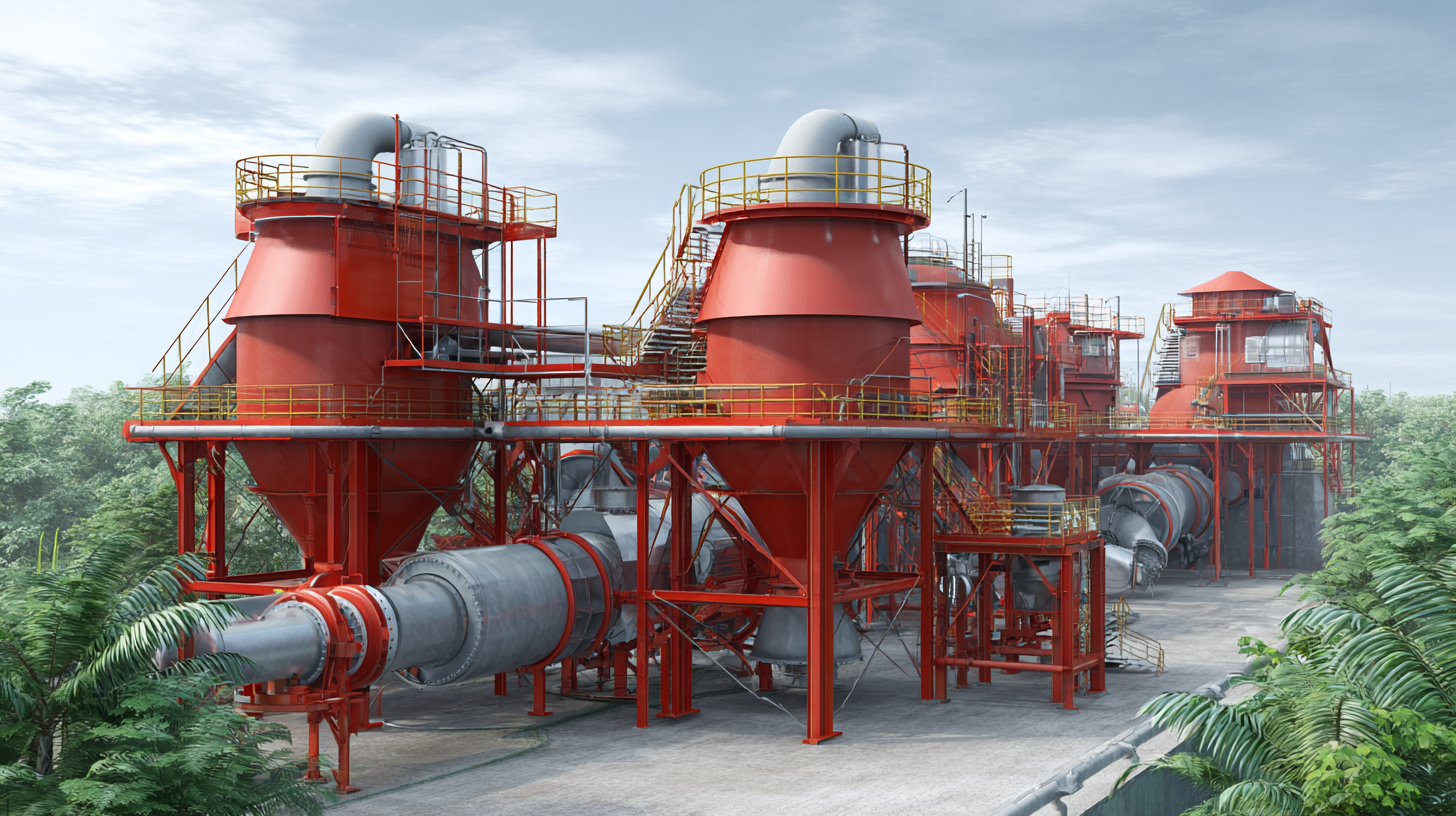
Lately, people have been paying more attention to using hydrocyclones in water treatment, especially because they can really help cut down wastewater costs. I read somewhere—like in a report from the World Bank—that effectively treating wastewater can cut operational expenses by up to 30%. Hydrocyclones work by spinning liquids really fast so they can separate out tiny particles—kind of like a high-speed filter—and this makes them super efficient for the job. When industries add hydrocyclones to their treatment setups, they often see better separation. That means the water coming out is cleaner, and they save money on the whole treatment process.
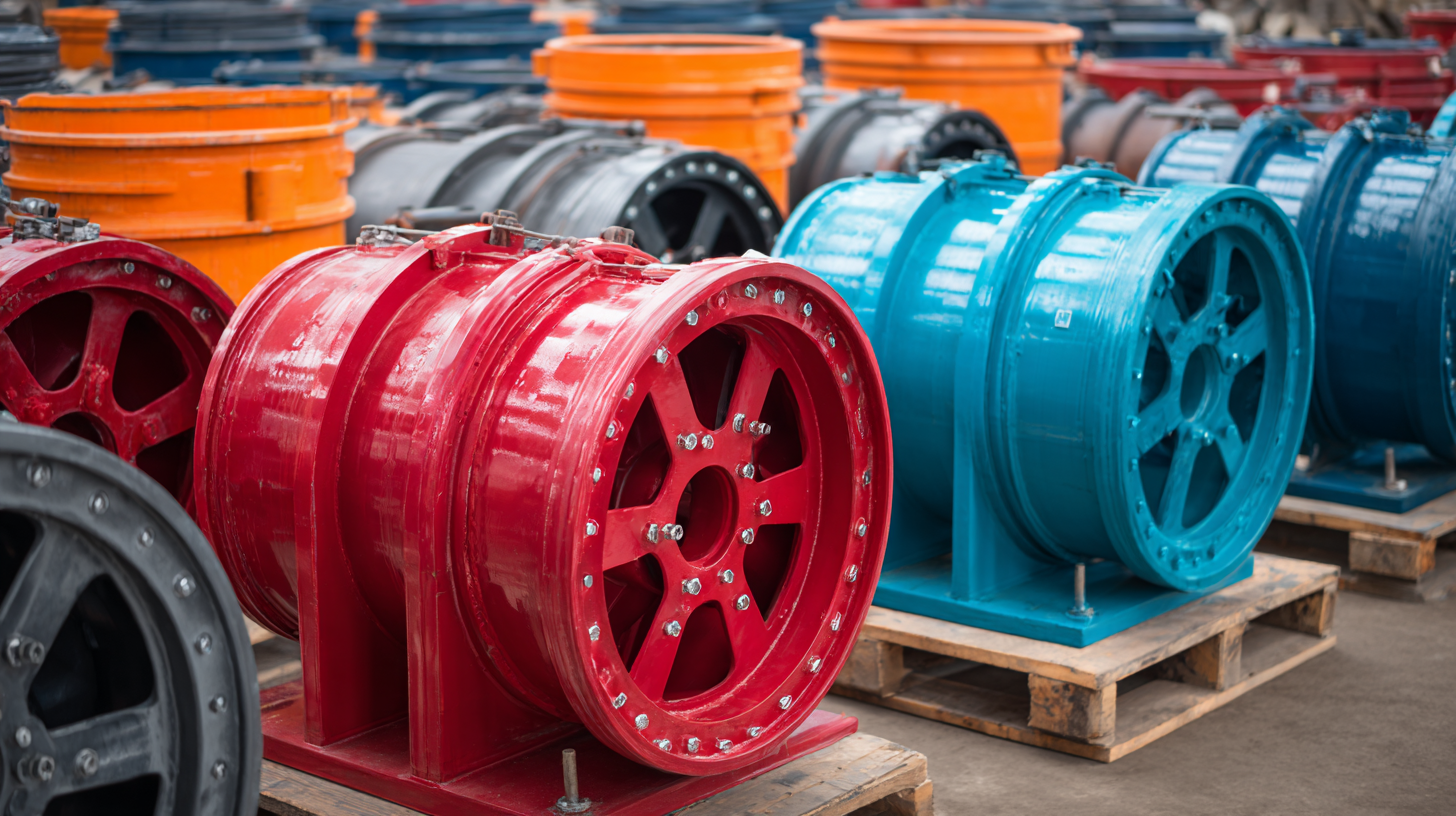
Take mining, for example. They use hydrocyclones to filter out small particles from the process water. This not only helps get rid of pollutants so the water going back into nature is cleaner, but it also means they don’t have to rely on super complicated and expensive filtration systems. A study I came across—published in the Journal of Water Process Engineering—mentioned that using hydrocyclones in mineral processing could slash water treatment costs by around 25%. Honestly, this kind of tech is becoming pretty much essential these days because industries are all about being more sustainable and saving money at the same time.
Hydrocyclones have really become a key player in the mineral processing world. They're great at boosting how well separation works and making the most of resources. Basically, they use centrifugal force to separate particles by size and density—kind of like a super-efficient filtering tool. This can improve separation accuracy by up to 40%, which is pretty impressive. So, it’s a smart way to concentrate valuable minerals while tossing out the impurities. Because of that, industries aren’t just seeing higher yields—they’re also cutting down on waste, which is a big win for sustainability.
What’s cool about hydrocyclones is their design. Their structure allows them to handle different feed compositions and flow rates without much fuss, meaning they’re pretty versatile. This adaptability helps mineral processors keep things running smoothly across a bunch of applications—from gold and copper to coal processing. When companies bring hydrocyclones into their setup, they often find their operations more streamlined, costs go down, and overall productivity gets a boost. Plus, with new tech developments happening all the time, these devices are only getting better and more flexible, proving just how important they are for tackling the challenges of modern mineral processing.
Hydrocyclones have really become a game-changer in the oil and gas world. They’re showing great promise when it comes to boosting how much oil we can recover. Basically, these devices do a pretty neat job at separating oil from water and other particles, which makes the whole extraction process a lot smoother. Lately, there have been some cool innovations in how these hydrocyclones are designed and operated, and apparently, they've managed to bump up oil recovery rates by around 15%. That’s a pretty significant jump, and it means higher profits for exploration and production companies. Plus, it helps cut back on the environmental impact compared to the old-school methods.
What makes hydrocyclones so effective is their ability to use centrifugal force—kind of like a spin cycle—to sort materials based on their size and density. Whether it’s offshore or onshore, these things are being used more and more in separation units that treat produced water. And here’s the best part—they can help reduce the need for chemical additives, which are often pretty harmful to the environment. So, overall, getting these hydrocyclones involved in oil and gas processes is a smart move—kind of a step towards more sustainable and innovative energy extraction methods.
It’s exciting to see how these tiny devices are making such a big difference, isn’t it?
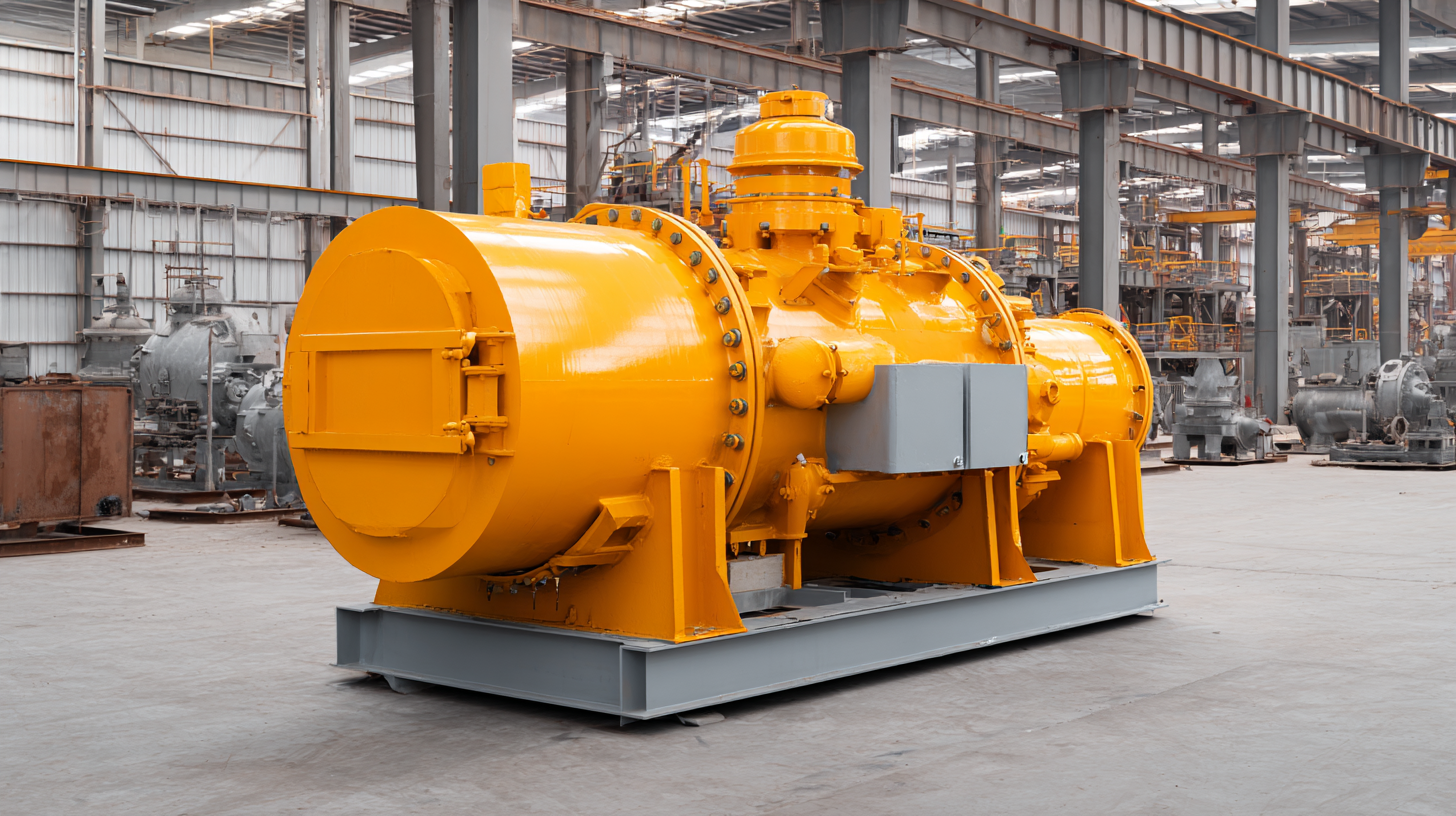
You know, hydrocyclones have really become an essential part of not just traditional industries, but also in food processing. They've actually made a big difference when it comes to getting higher purity and better yields. I recently came across some industry reports showing that using hydrocyclones in food processing can boost separation efficiency by over 30%. That’s pretty impressive, especially when you're dealing with clarifying liquids like juices and oils. It’s a game-changer because, for example, implementing these systems can cut down impurities by up to 90%, helping producers meet those strict safety standards without breaking a sweat.
Here at Shanghai Shangjiang Petroleum Engineering Equipment Co., Ltd., we totally see the huge potential of hydrocyclone tech across different fields. Our team is really committed to pushing the envelope—so we’ve developed advanced cyclone separation products not just for oil and gas, but also for newer stuff like food processing. By combining our know-how in separation and filtration, we hope to give food makers tools that not only save money but also boost the overall quality of their products. We’re always working on new innovations, trying to go beyond what's been done before, so industries can hit higher standards of purity and efficiency all around.
Hydrocyclones have really become a staple in the chemical industry lately. They're fantastic for separating materials quickly and effectively, helping companies streamline their production and cut down on contaminants. What’s pretty cool is their ability to sort solids from liquids, making them super versatile—think pigment manufacturing, petrochemicals, you name it. By bringing hydrocyclones into the mix, businesses can boost the quality of their products while also saving on operational costs. In the long run, that's a win all around.
Now, if you’re thinking about adding hydrocyclones to your setup, a little tip: make sure to customize the design to fit your specific process needs. Pay attention to things like how consistent your feed is, the size of particles you’re dealing with, and how precise your separation needs to be. Getting this right can really make a difference in how well they perform.
And there's more good news—hydrocyclones don’t just help with efficiency. They also play a pretty important role in reducing environmental impact. By cleaning out contaminants effectively, they help your operation stay in line with environmental rules, which is a big bonus. Plus, this means a cleaner production process overall and fewer worries about costly penalties from waste issues.
Here's another helpful tip: keep up with regular maintenance and keep a close eye on your hydrocyclone units. Setting up a routine for cleaning and checking parts will keep everything running smoothly, improve their lifespan, and ensure you’re getting the best performance out of your equipment.
| Application Area | Hydrocyclone Type | Efficiency (%) | Contaminant Reduction (%) | Flow Rate (m³/h) |
|---|---|---|---|---|
| Paint & Coating | Cylindrical Hydrocyclone | 85 | 90 | 100 |
| Mineral Processing | Parallel Hydrocyclone | 92 | 85 | 150 |
| Chemical Processing | Multi-Stage Hydrocyclone | 88 | 95 | 120 |
| Wastewater Treatment | Conical Hydrocyclone | 90 | 98 | 80 |
| Pharmaceuticals | High-Efficiency Hydrocyclone | 95 | 99 | 60 |
You know, hydrocyclones have really become pretty essential across different industries these days, especially in textiles and pulp & paper. In textiles, for instance, they’re used to recover fibers more efficiently and to get rid of contaminants in dye baths. There’s this pretty interesting story about a textile plant that managed to cut water use by about 30%, all while boosting the quality of the water they recycled back into the process. They used hydrocyclones to remove leftover dye and fibers, which made their operation cleaner and more sustainable — pretty cool, right?
: Hydrocyclones are devices that utilize centrifugal force to separate particles from liquids. In water treatment, they efficiently remove solids from wastewater, significantly reducing treatment costs.
Effective wastewater treatment utilizing hydrocyclones can lower operational costs by up to 30%, according to a World Bank report.
Hydrocyclones enhance separation efficiency by up to 40%, optimize resource utilization, and improve the concentration of valuable minerals while removing unwanted impurities.
Yes, hydrocyclones are adaptable and can be employed in different industries, including mining, for effective separation of fine particles from process water.
By improving separation efficiency and reducing waste, hydrocyclones lead to more sustainable practices in mineral resource management and lower operational costs.
The use of hydrocyclones improves the quality of water released back into the environment by effectively separating particles and reducing the need for extensive filtration systems.
Yes, ongoing advancements promise to further improve the performance and application range of hydrocyclones, making them increasingly essential in modern mineral processing.
The unique structure of hydrocyclones allows them to adapt to different feed compositions and flow rates, ensuring consistent performance across various operational environments.
Industries that focus on mineral processing, such as mining, are among the major beneficiaries, as hydrocyclones improve productivity and reduce costs in their operations.
Industries can streamline operations, enhance overall productivity, reduce costs, and achieve higher separation efficiencies by incorporating hydrocyclones into their water treatment systems.
You know, the Hydrocyclones Market is absolutely evolving at a rapid pace, and these little machines are really shaking things up across different industries. They’re not just fancy gadgets anymore — they’re actually making a big difference. For example, in water treatment, hydrocyclones can cut wastewater costs by as much as 30%, which is pretty impressive. And in mineral processing, they help improve how well materials get separated, boosting efficiency by around 40%. Even in oil and gas, these things are pretty amazing — they can increase oil recovery rates by about 15%, helping companies get more out of their resources.
But it doesn’t stop there. Industries like food processing are also catching on, using hydrocyclone tech to get higher purity levels and better yields. The chemical industry benefits too — it makes their production smoother and reduces contaminants. There are plenty of case studies showing just how versatile and effective hydrocyclones are, whether it’s in textiles or pulp & paper production. Here at Shanghai Shangjiang Petroleum Engineering Equipment Co., Ltd., we’re really committed to pushing forward with these cyclone separation products because we see just how important hydrocyclones are becoming in today’s industrial world.



